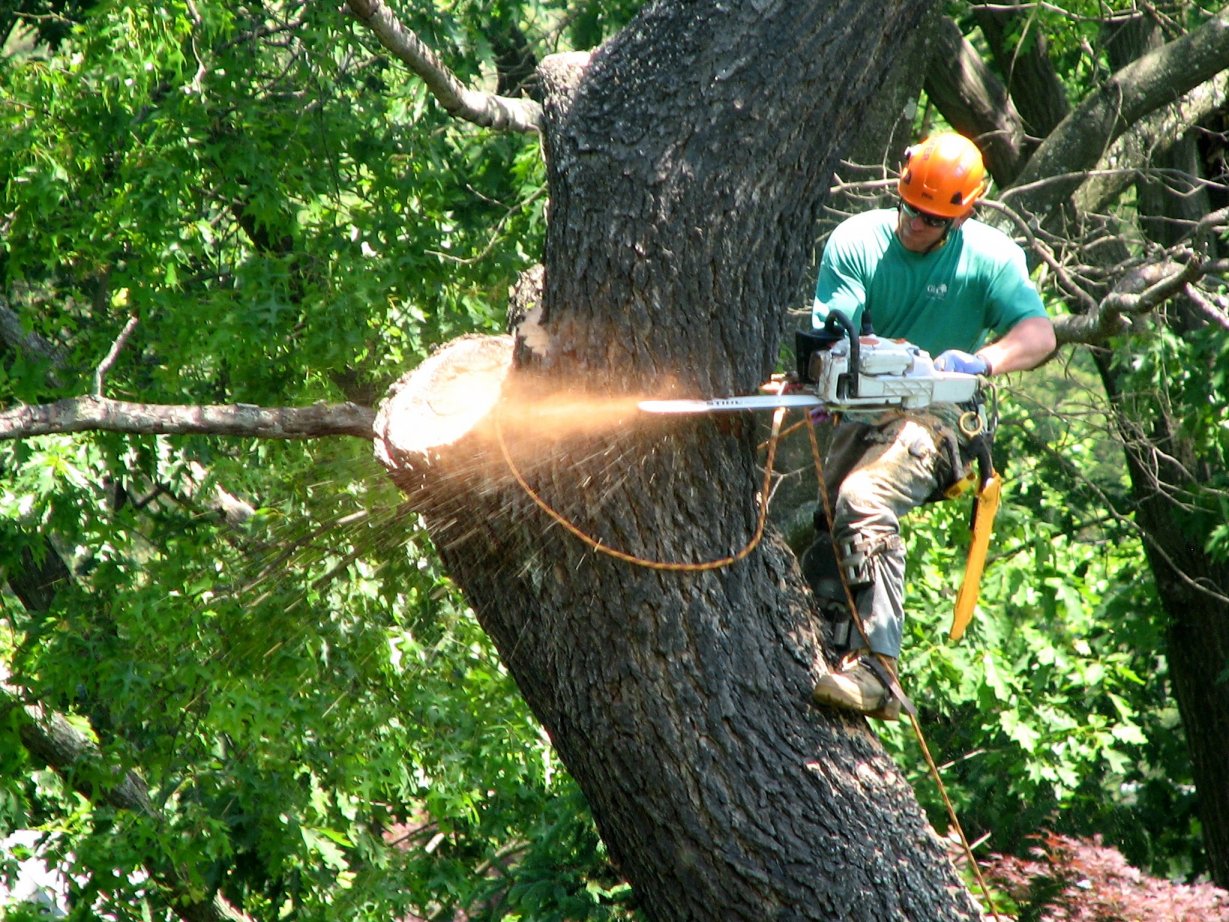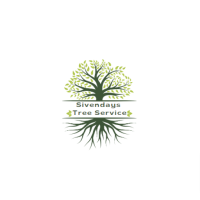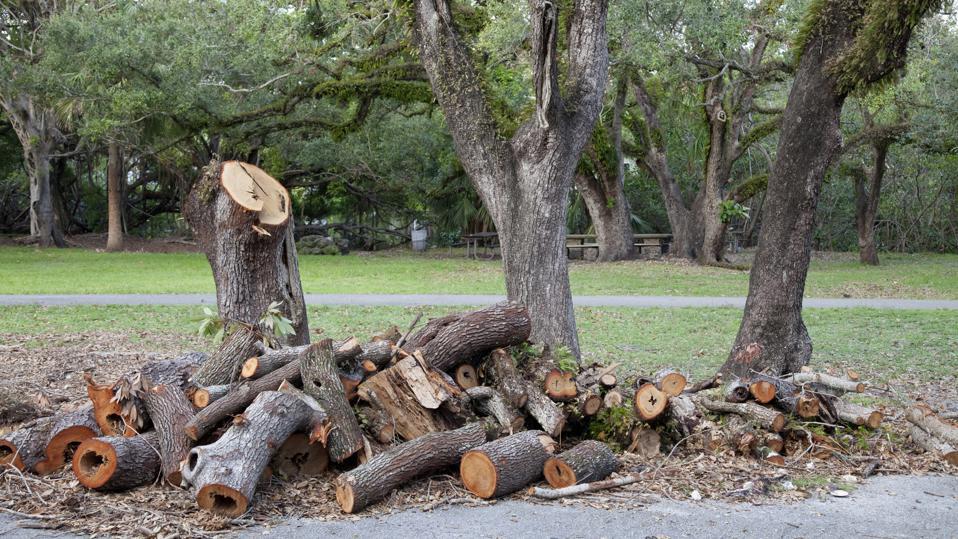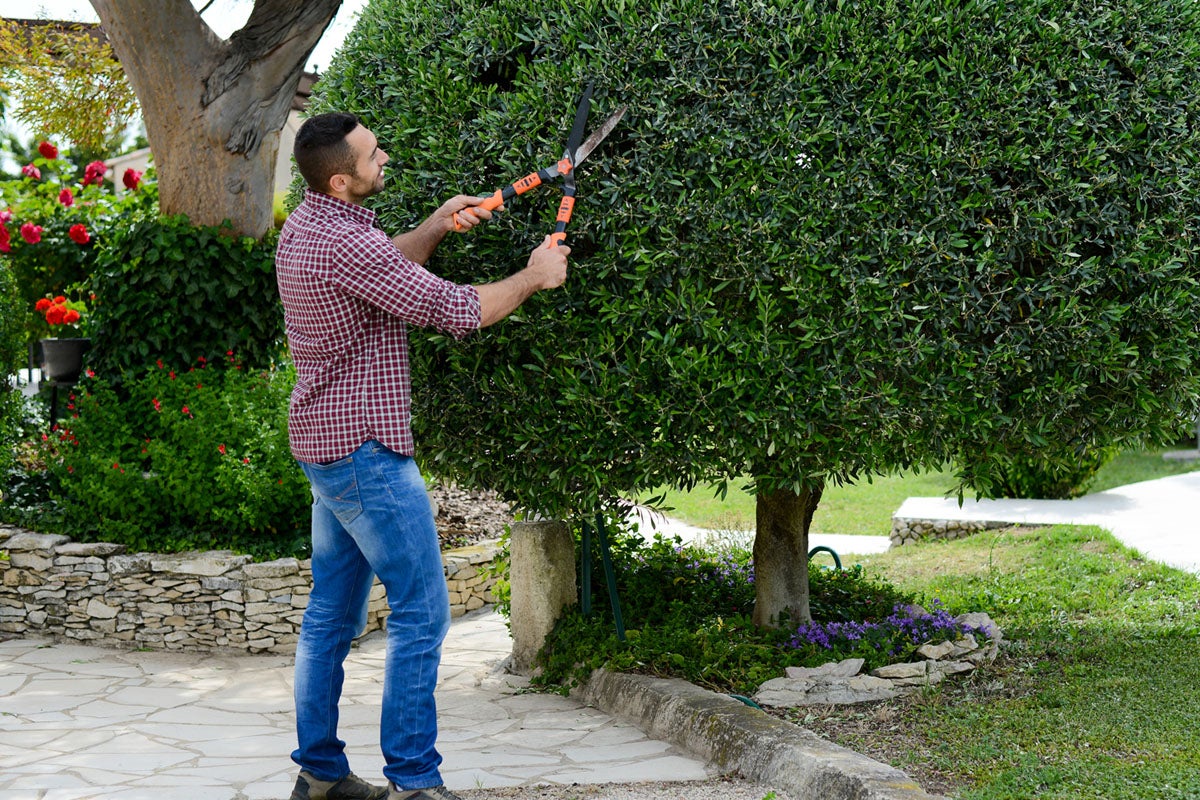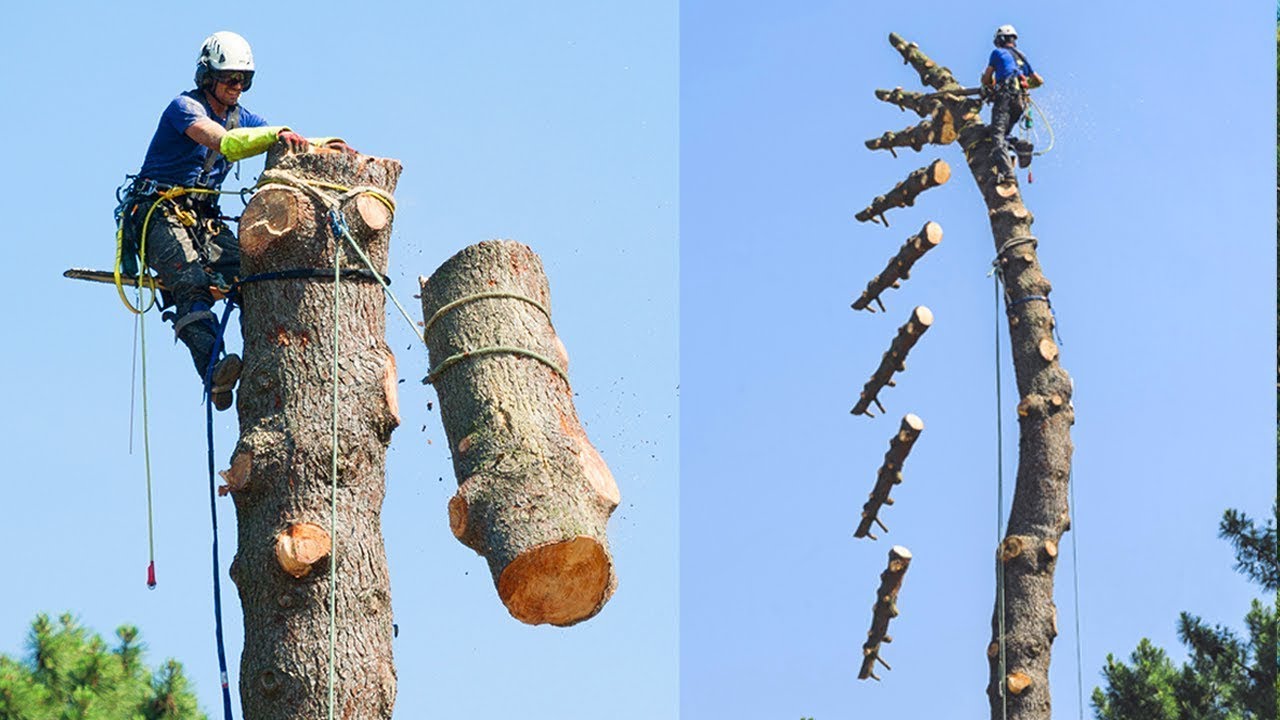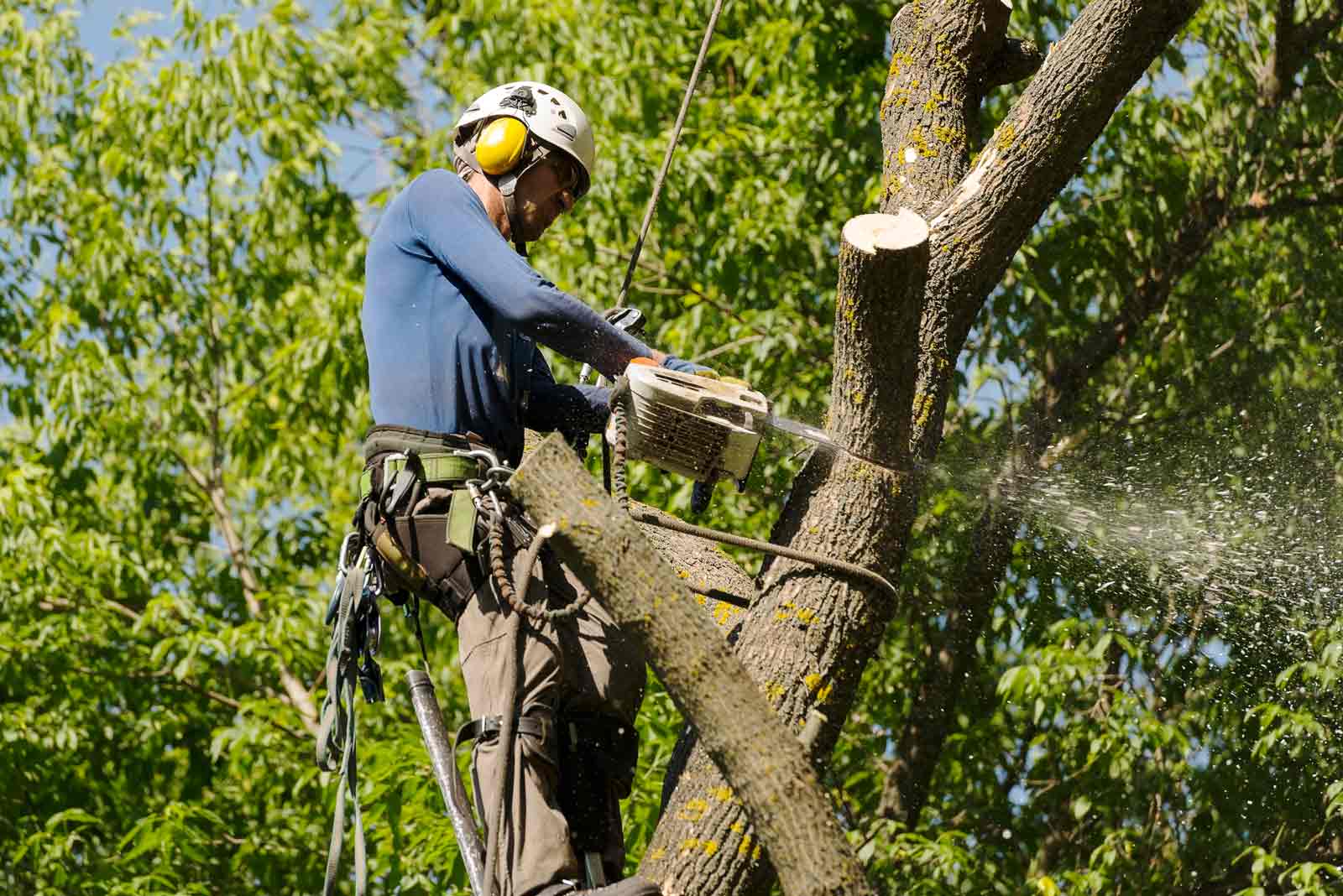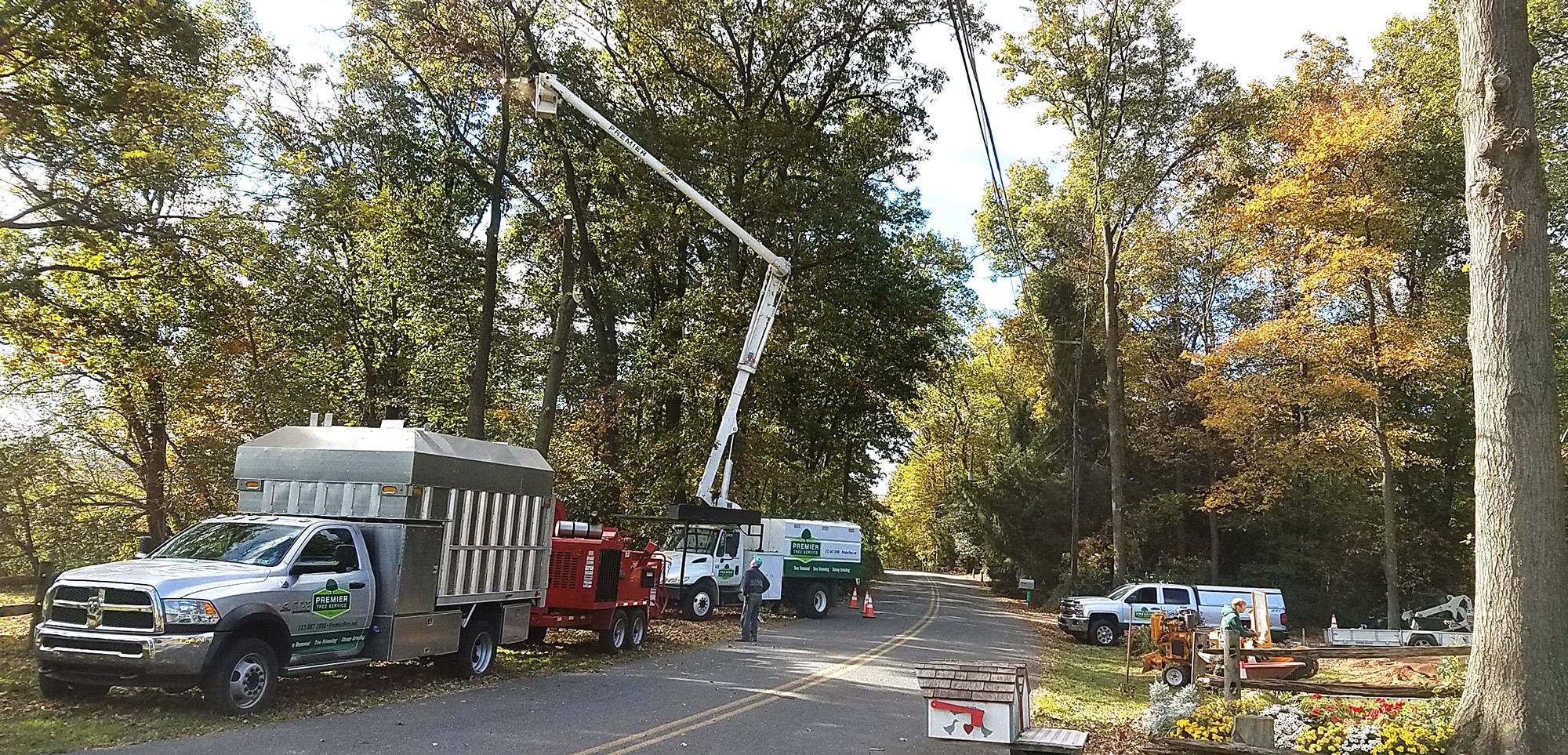Your outdoor space is not just an extension of your home; it’s an opportunity to create a sanctuary where you can relax, entertain, and connect with nature. With some creativity and thoughtful planning, you can transform your garden landscape into a stunning oasis that reflects your personality and enhances your lifestyle. In this article, we’ll explore a variety of creative garden landscape ideas to inspire you to reimagine your outdoor space.
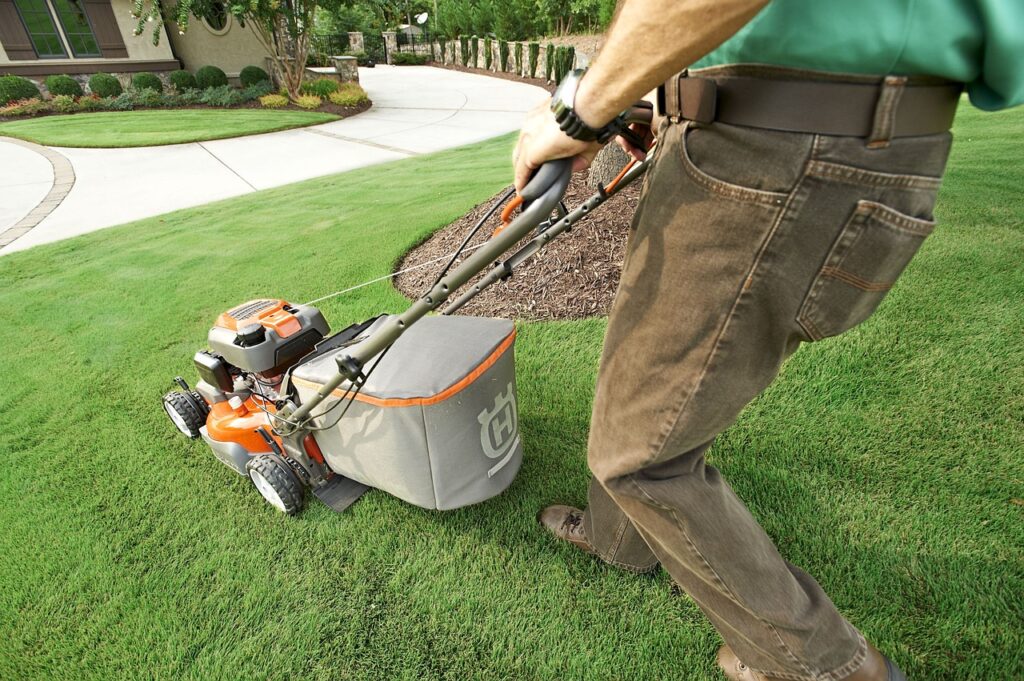
Vertical Gardens
Traditional gardens are horizontal, but why not take advantage of vertical space? Vertical gardens are a creative way to add greenery and beauty to even the smallest of outdoor areas. You can use trellises, wall-mounted planters, or hanging baskets to create a lush, living wall of plants. Consider mixing different types of foliage and flowers to add texture and visual interest to your vertical garden.
Fairy Gardens
Fairy gardens are whimsical miniature landscapes that spark the imagination and bring a sense of enchantment to your outdoor space. Create a magical fairy garden by incorporating tiny fairy houses, miniature furniture, and whimsical decorations amidst lush greenery and colorful flowers. You can also add miniature pathways, bridges, and water features to enhance the fairy-tale ambiance.
Secret Garden Nooks
Transform secluded corners of your garden into secret garden nooks where you can escape from the hustle and bustle of everyday life. Use lush foliage, fragrant flowers, and strategic landscaping to create intimate, secluded spaces where you can relax, read a book, or enjoy a quiet conversation. Add comfortable seating, soft lighting, and tranquil water features to enhance the ambiance of your secret garden nooks.
Recycled and Upcycled Garden Art
Get creative and add personality to your garden landscape by incorporating recycled and upcycled garden art. Repurpose old furniture, salvaged materials, and found objects to create unique sculptures, planters, and focal points for your outdoor space. From whimsical wind chimes made from repurposed kitchen utensils to eye-catching mosaic stepping stones crafted from broken tiles, the possibilities are endless when it comes to recycled and upcycled garden art.
Edible Landscaping
Why settle for a traditional garden when you can create an edible landscape that not only looks beautiful but also provides fresh, homegrown produce? Incorporate fruit trees, berry bushes, and vegetable gardens into your garden landscape design to create a bountiful edible oasis. Mix edible plants with ornamental flowers and foliage to create a visually stunning and functional garden that delights the senses and nourishes the body.
Zen Gardens
Find peace and tranquility in your garden landscape with a Zen garden inspired by traditional Japanese design principles. Create a serene sanctuary with minimalist landscaping, carefully raked gravel or sand, and strategically placed rocks and boulders. Add elements such as a simple wooden bridge, a calming water feature, and sculptural bonsai trees to evoke a sense of harmony and balance in your Zen garden.
Playful Pathways
Transform your garden landscape into a whimsical wonderland with playful pathways that invite exploration and discovery. Use stepping stones, meandering paths, and winding trails to guide visitors through your garden and encourage them to wander and explore. Add surprises along the way, such as hidden alcoves, secret passages, and unexpected garden art, to delight and enchant anyone who ventures into your outdoor space.
Seasonal Gardens
Celebrate the changing seasons by creating seasonal gardens that showcase the beauty of nature throughout the year. Plant a spring garden bursting with colorful bulbs and blooming flowers, a summer garden filled with lush foliage and vibrant blooms, a fall garden ablaze with fiery foliage and autumnal hues, and a winter garden adorned with evergreen trees and festive decorations. By designing your garden to evolve with the seasons, you can enjoy year-round beauty and inspiration in your outdoor space.
With these creative garden landscape ideas, you can transform your outdoor space into a beautiful and inspiring retreat that reflects your personality and enhances your lifestyle. Whether you’re creating a vertical garden, a fairy garden, or a Zen garden, let your imagination guide you as you design a garden landscape that brings joy, beauty, and serenity to your life.
